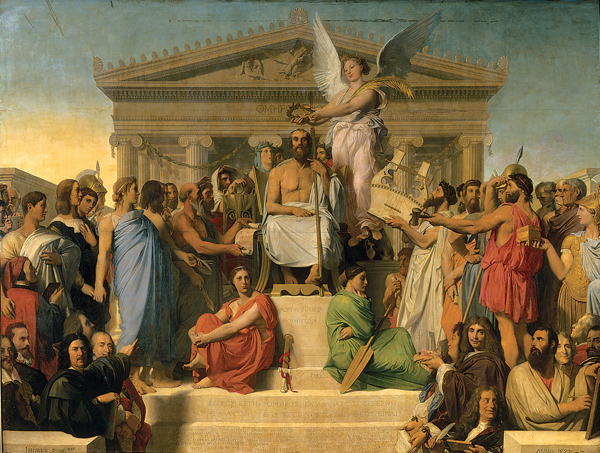Explain the evidence of trade and other contact with outside cultures present in prehistoric artifacts discussed in the chapter
Please provide the best answer for the statement.
1. The burial mounds of the Hopewell culture provide the clearest evidence of trade: the corpses of their presumed leaders were surrounded with plates of beaten copper from the Great Lakes, decorative shell from the Gulf coast, alligator and shark teeth from Florida, and mica from the Appalachian Mountains. There are even examples of obsidian that can be traced to what is now Yellowstone National Park and grizzly bear teeth from the Rocky Mountains.
2. Some scholars believe that female figurines like Woman (Venus of Willendorf) might have served as a form of nonverbal communication among groups scattered widely across what is today the European continent, serving as signs of the friendly intent of the hunters bearing them.
3. There is evidence that the people of Çatalhöyük were traders, principally of obsidian, a black, volcanic, and glasslike stone that can be carved into sharp blades and arrowheads, which they mined at Hasan Dag, a volcano visible from the village.
4. Pottery produced in early manufacturing efforts in Egypt, China, and in the Middle East likely served as the basis for trade among neighboring cultures.
You might also like to view...
?

A. Leonardo da Vinci, Last Supper B. Raphael, School of Athens C. Watteau, Pilgrimage to Cythera D. Botticelli, Primavera
In the Commedia, who guided Dante through Hell?
a. Satan b. Virgil c. Beatrice d. Brutus
With whom did Cannonball Adderley co-lead a series of successful bands?
a. Miles Davis b. Sonny Rollins c. Nat Adderley d. Art Blakey
According to the most recent discoveries, Stonehenge was constructed as a
A. sacrificial altar. B. royal residence. C. burial ground. D. marketplace.